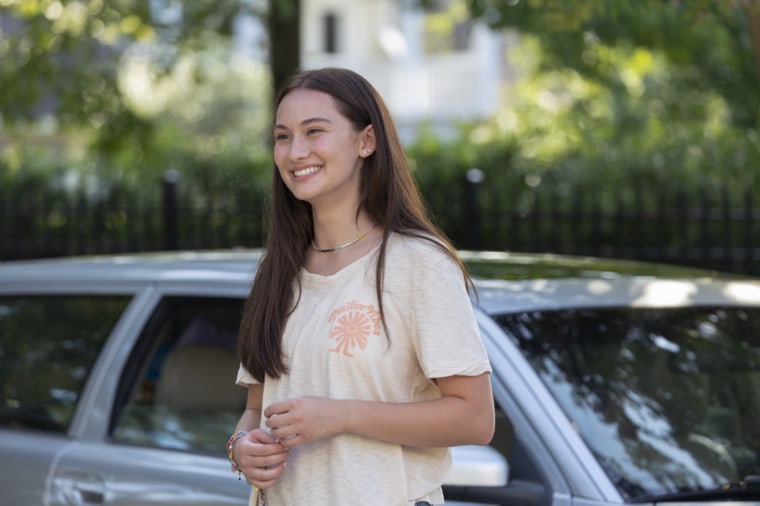While Asian Americans and Pacific Islanders still struggle with feeling represented, new research shows that streaming platforms are a significantly more inclusive space for them.
A joint report, released Tuesday by the data and analytics media company Nielsen and the nonprofit Gold House, revealed that streaming programs had twice the Asian American, Native Hawaiian and Pacific Islander (AANHPI) representation of broadcast programs. The disparity is even greater when compared to cable programs, to which streaming has three times the representation.
The report underscores, however, that Asian content across streaming platforms continues to make up only a small share of programs, and that the entertainment industry still has more work to do.

“Hollywood has an opportunity to further meet audience demand by continuing to invest in content that broadens how AANHPI people are represented on screen,” the report said.
According to the report, which examined AANHPI television content and audiences, the racial group is 79% more likely than the general population to feel underrepresented, a greater share compared to any other race. And researchers point out that given the landscape, it’s “not surprising” the group feels that way.
When looking at the share that an identity group appears on screen, AANHPI made up 5% across all platforms in 2022. In broadcast, the group made up just over 4%, while they were just over 3% in cable.
The report shows that across streaming services, AANHPI had a 10.3% share of screen across the 462-most watched platforms. Nancy Wang Yuen said that the results are most likely due to the ways in which streaming services, like YouTube and Netflix, for example, have historically been able and willing to host content that “hasn’t been seen before” in an effort to draw new members and court different demographics, more so than traditional networks. Citing the successful Netflix show “Orange Is the New Black,” which premiered in 2013 and featured a rare, women-led cast at the time, Yuen said streaming services have taken more risks.
“That was not something that Hollywood was open to thinking — that that would be something people would be interested,” Yuen said. “The assumption was always that there needs to be white male conservative, Tim Allen-kind of shows.”
Yuen also brought up that Youtube, which the report found was the most popular streaming platform among AANHPI, was an important space for the racial group since its launch in 2005. Asian Americans often turned to the platform to release their own content, in an exclusive media environment.
“Asian Americans have traditionally, at least content creators, turned to YouTube in order to make a presence when no one else was, literally no one else, was looking at them,” she said.
But even in streaming, not all AANHPI groups are represented equally. In a demographic breakdown, East Asians made up just over 4% share of screen, while South Asians made up roughly half that, at 2.2%. Native Hawaiian and Pacific Islanders had the lowest among the group, at 0.6%. Yuen pointed out however that Southeast and South Asians make up a larger part of Asian America, and the entertainment industry has yet to catch up to the evolving demographic.
“When Hollywood thinks about Asia, they are thinking East Asian for the most part,” Yuen said.
In the report, researchers also looked at “bingeability” of programs, scoring shows based on how many episodes of a program audiences watch in a given day. The Amazon series “The Summer I Turned Pretty,” which boasts an Asian American lead, received the highest rating, outscoring the popular Netflix show “Emily in Paris." The success of the Amazon series, which features a lead actress who was largely unknown prior to the project, Lola Tung, could teach Hollywood a critical lesson, Yuen said.
“People have always talked about in Hollywood, there’s no Asian Americans who have carried a show or film. You can’t do that,” Yuen said. “But she’s an unknown. And she’s obviously Asian. The show got one of the highest bingeability scores. That should show Hollywood that there is definitely a market for Asian American shows, even when it’s a newcomer, and that they should invest more in new Asian American talent, not just new white talent.”
